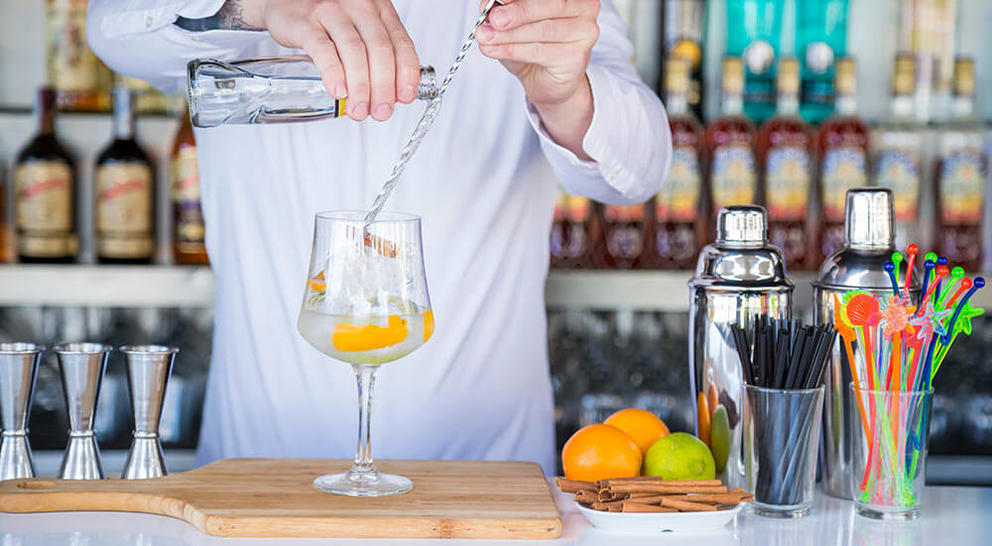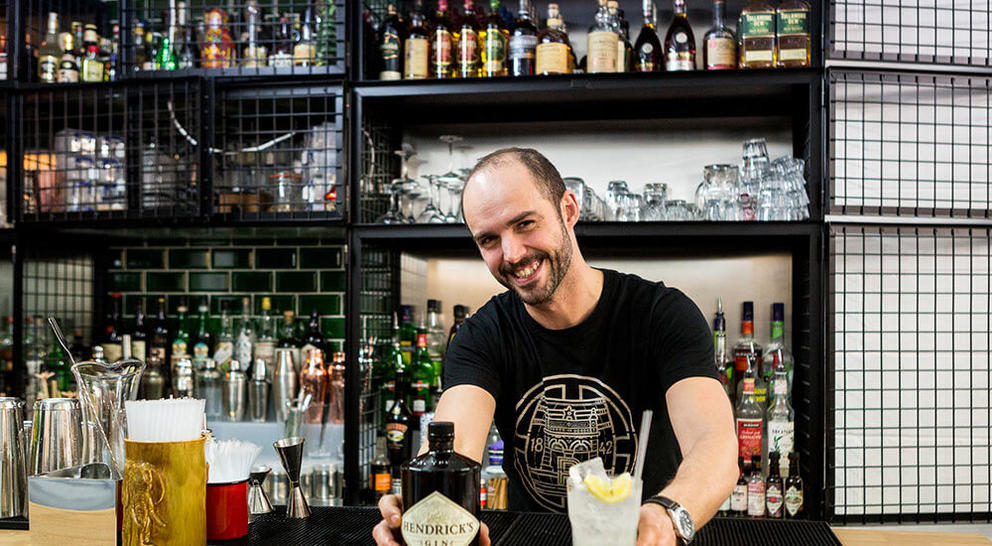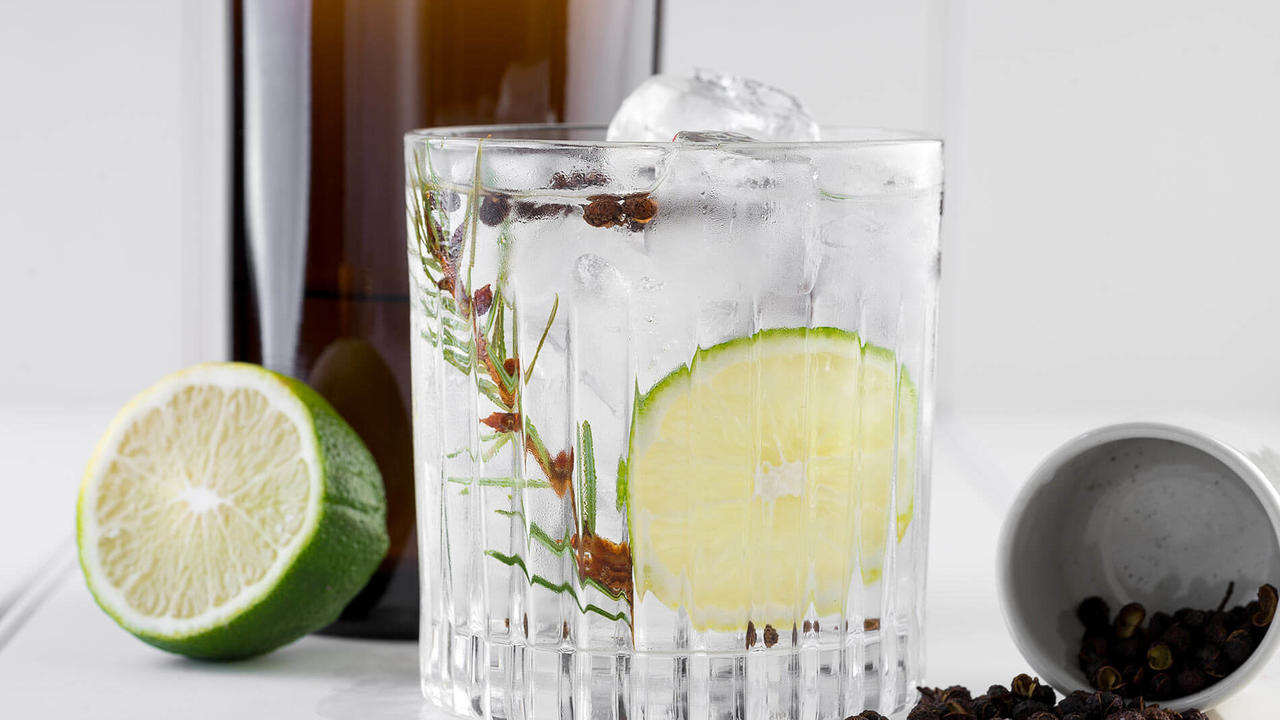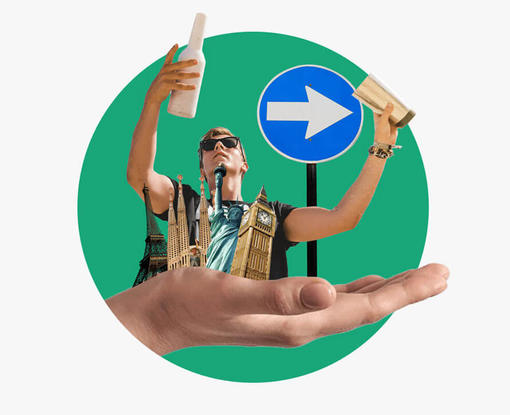One of those quintessential cocktails that everyone seems to enjoy, Gin & Tonic is an old cocktail and (this is where it gets weird), originally a direct result of the British Royal Army trying to cope with malaria. Having serious problems with this disease in some of their territories in the late 17th century, the Brits had to come up with a solution fast.

Having figured out that Peruvian quinine-extract helped preventing malaria, the fever-reducing alkaloid was distributed to the soldiers. But since quinine tasted very bitter, British officers added water, sugar, lime and gin to their dose of quinine, making it a sweet concoction you could actually enjoy. So instead of drinking the medicine with their troops at dawn, the officers figured out how to enjoy it at cocktail hour. The original gin and tonic was born, and it soon became one of the drinks the British Empire was built upon.
Since soldiers in India received a gin ration already, their solution to the bitter problem made a lot of sense. On a side note, I can’t help noticing that the British seemed to supply their soldiers with a lot of cocktail ingredients back then, what’s up with that?
Today, gin and tonic is universally popular, which has even led to the establishment of Gin-Tonic bars, in which customers can choose their preferred gin-tonic and garnish from a menu. At the European Bartender School, we lean heavily towards Hendrick’s Gin, garnished with a slice of cucumber, since it’s just that much fresher and tastier. Aficionados might want to tweak the gin/tonic percentages, while the use of of lime vs. lemon is often the start of a heated argument amongst bartenders. We choose the cucumber garnish, making the drink more interesting than your standard off-the-mill citrus cocktail, but even more so because it is absolutely delicious.


